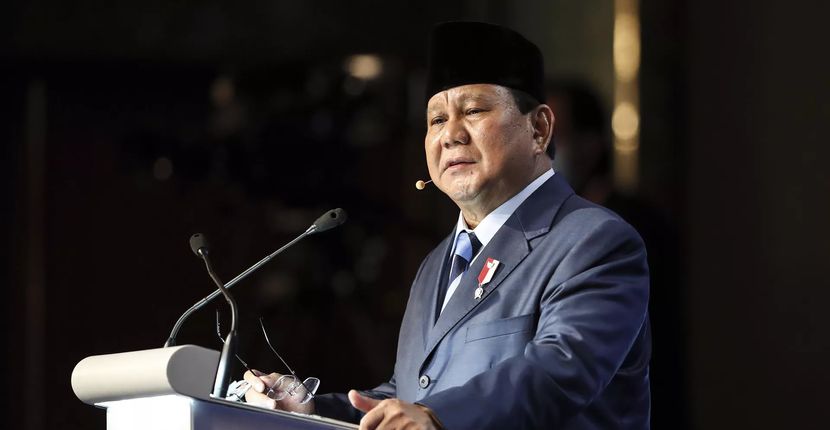Global tin market supply changes as Prabowo overhauls tin mine

On October 6, Indonesian President Prabowo went to Bangka Island to witness a crucial scene: the prosecution handed over 6 tin smelters, about 680 tons of tin ingots and 108 sets of heavy machinery seized to state-owned PT Timah for trusteeship. During the same period, a large number of illegal mines were shut down, maritime anti-smuggling was escalated, and the price of tin in London surged to a six-month high of US$37,500 per ton in three days. Today, we will use key data to clarify four things: what happened, the fundamentals of the Indonesian tin industry, the link between consolidation and policy, and the direction of follow-up attention.
First, the whole chain from asset transfers to price spikes
In the transfer on October 6, the prosecution disclosed that the annual revenue of the above assets could reach Rp 4.6 trillion, or about 1.98 billion yuan, after commissioning; the President also requested the General Prosecutor's Office, the military, customs, and the marine police to join hands to combat the illegal mining industry. Previously, the Indonesian prosecutors had seized 42,000 tons of tin sand and continued to close the net; at the local level, about 1,000 illegal mining sites were shut down in Bangka Belitung. on October 1, the Malaysian maritime law enforcement agency intercepted an Indonesian cargo ship in Johor waters and seized 26,500 kilograms of suspected tin ore, which once again proved the "raw ore smuggling" gray chain. "Gray chain. Multiple actions to push up the London tin price broken 37,500 U.S. dollars / ton (April to the high), the market into the "event-driven" high elasticity range.
Second, industry underpinnings and policy logic
Indonesia is the world's second largest tin ore producer, accounting for about 23% of global tin ore in 2023; the supply is highly concentrated in Bangka-Belitung Islands, PT Timah is the obvious mainstay, but long-term by the "shadow capacity" diversion. Since October 3, the Ministry of Energy and Mining of Indonesia requires RKAB (annual work plan and budget) to be approved once a year, and raise the reclamation deposit and declaration threshold to accelerate corrective action and dynamic production control.
The consolidation is also related to the big case of 2015-2022: PT Timah concession lost 300 trillion rupiah due to systematic rent-seeking and illegal mining, the persons involved have been sentenced, and the transfer of assets is the result of recovery of stolen goods. The essence is to realize the structural adjustment of "suppressing gray production capacity and expanding compliant production capacity" through "confiscation-transfer + new regulations".
Third, policy signals: from vows to landing
The Indonesian government to rectify the illegal mining industry paved early traces: August 15 State of the Nation Address, Prabowo named illegal mining and smuggling, emphasizing the cross-sectoral siege; in September, the Ministry of Energy and Mines of the 190 mining enterprises to implement the longest suspension of 60 days to review, followed by a batch of RKAB one year formally landed, the law enforcement and the system of parallel advancement; in October, the tin industry into a "model In October, the tin mining industry became a "model", handing over - anti-smuggling - shutdown strings into a closed loop, supply - price - order rebalancing opened.
As the world's second largest tin producer, Indonesia's supply touches the global industry chain. The rectification of non-temporary action - from the vow in August to review in September, and then landing in October, showing the determination to regulate. This is not only the clearance of gray production capacity, but also reshape the global tin market supply pattern, the subsequent release of compliant production capacity and policy landing worthy of sustained attention.

